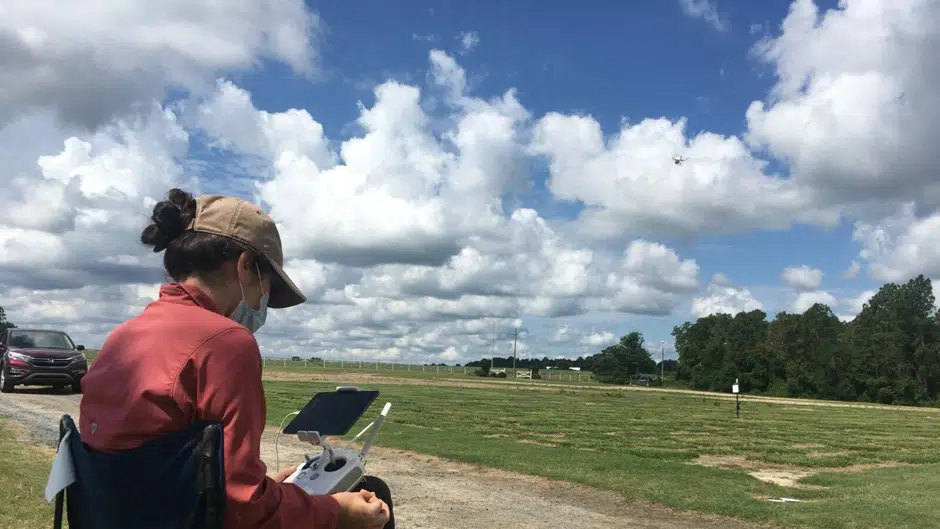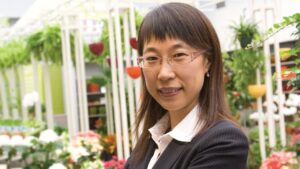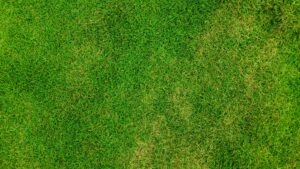How collaboration, adaptability, technology and communication advance research.
Turf is a relatively small subsection of the larger seed industry. Though turf covers a very significant number of acres across the United States and around the world, its perennial nature — and the fact that only a small percentage of lawn lovers follow the recommendation to overseed annually — means the turf market is significantly smaller than comparable acreage crops like corn. While turf might not have as major research investment as certain other crops, make no mistake: there is lots the ag industry can learn from turf research.
In 2010, Texas A&M, the University of Florida, University of Georgia, North Carolina State University, and Oklahoma State University collaborated to successfully apply for and receive the first Specialty Crop Research Initiative grant funding from the United States Department of Agriculture (USDA) to study drought tolerance in turfgrass. Thirteen years later, the same group — now including the University of California Riverside and the USDA as additional participants —applied for and successfully achieved its third round of funding for the same, though now far more wide-reaching project, assuring funding through August of 2024.
The initial focus was on breeding new cultivars with improved drought and salinity tolerance. Today, the project includes those same priorities, but has grown to also include focuses on technology and outreach.
The project is noteworthy in many respects, but especially for four key take-aways that cross crop boundaries.
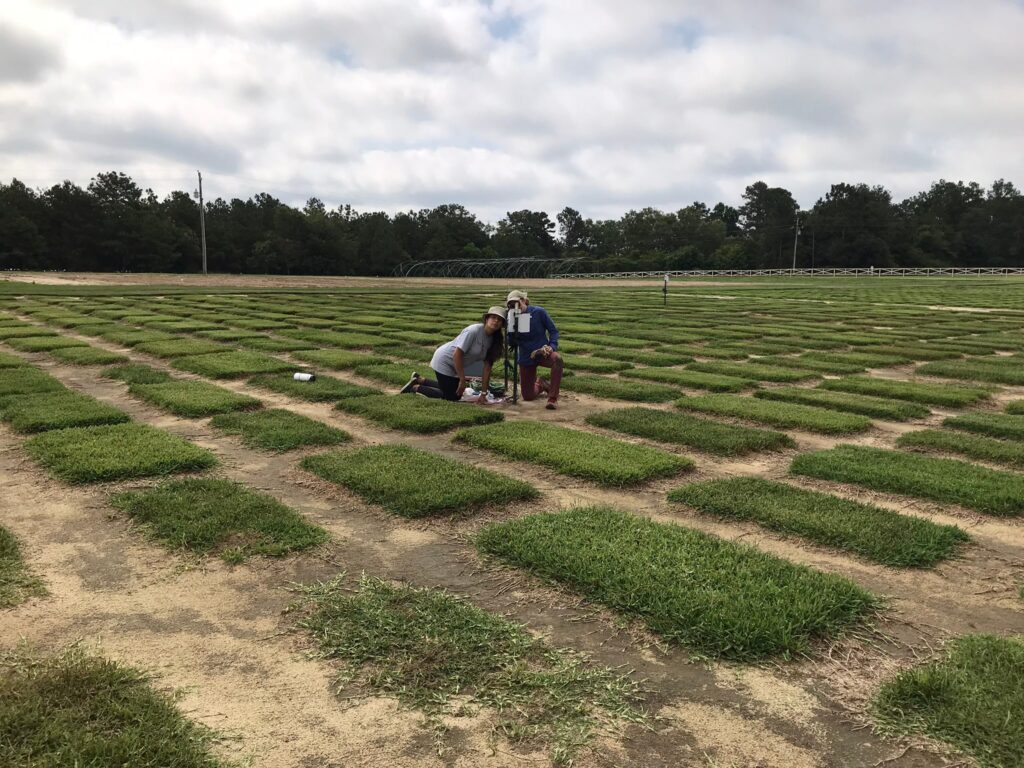
Take-Away #1: It Pays to Collaborate
As we see longer drought periods and larger regions of the country face limited access to water, it is economically and environmentally important to establish turfgrass cultivars that require less water. From a 10,000-foot perspective, that is the overarching goal of the project, though the project breaks down into many smaller, specific research components. From the project’s genesis, the multidisciplinary team has involved plant breeders, geneticists, physiologists, extension specialists and socio-economists.
The parties all work together as equals, and they rotate the lead to a different university for each grant application. The leads don’t have a controlling position; rather, they collaborate with all other parties to establish what the grant will encompass in order to try to incorporate everybody’s ideas.
The researchers work with four species of turfgrass, and most of the species have more than one breeder working on them at a time. The team shares resources, ideas, and tests each other’s materials across a broad section of the southern states. Information generated by one program advances the efforts of all the others.
“Anything we learn on how to improve the breeding and selection process can be shared with the other breeders working on that species and/or trait which ultimately gets better grasses to consumers faster. And the same can be said for all other disciplines,” says Susana Milla-Lewis, professor of turfgrass breeding and genetics at North Carolina State University.
Take-Away #2: Aim for a Goal, then Adapt
Climate change is creating new pressures and priorities across agriculture, and new goals and targets for breeding cultivars.
“Our winters used to see 30 degrees Fahrenheit in January and February, then you would have the last freeze in March, and April was sunny,” Milla-Lewis said. “These days it’s erratic. Some weeks in North Carolina it might be 30°F on Monday and 70°F on Friday.”
The teams’ goals have correspondingly changed. Instead of breeding warm season grasses for freeze tolerance, they now need to develop turf that can tolerate temperature fluctuations from 70°F to 30°F back to 70°F, or the opposite, which is uniquely stressful to the physiology of the plant.
That’s not all. There are additional challenges that appear with increases in temperature — like insect pests being able to reproduce more generations each year or fungi moving into new geographies courtesy of warmer temperatures — each of which also has to be tackled by the researchers.
Collaboration and adaptability are key to speeding advancements, giving a better chance of developing varieties that will succeed in today — and tomorrow’s —challenging climates.
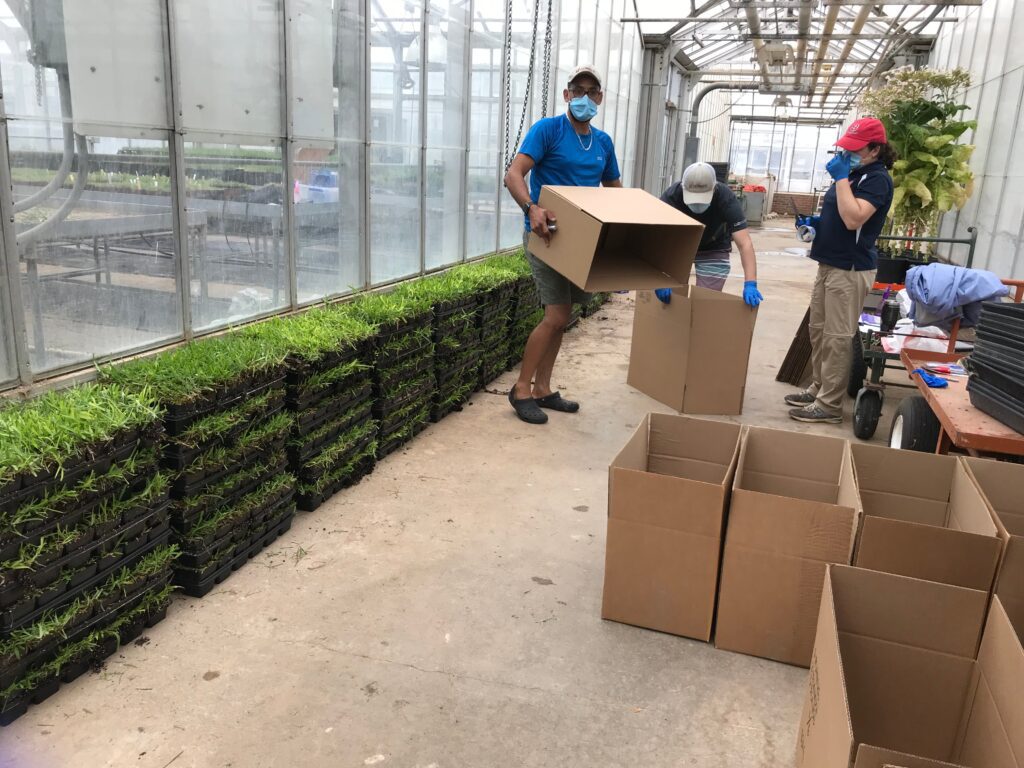
Take-away #3: Technology for the Win
When their turf project achieved its first round of funding in 2010, the project focused on plant breeding, physiology, and socioeconomics. Over the span of the project’s 13 (and counting) years, technology has advanced quickly in both the molecular tools applied to plant breeding and the available mechanisms for plot evaluation.
Where in the early days there were limited or even no DNA markers for the species researchers were studying and developing, today researchers benefit from multiple new technological tools. The first grant enabled the team to start developing DNA reference markers. Since then, the project has achieved significant gains include the development of the genomes for St Augustinegrass and zoysiagrass, two species of turfgrass they are working with.
While genotypic data has advanced quickly, so too has phenotypic (observable trait) data.
Initially researchers assessed test plots visually, walking the plots and assigning each one a numerical value from one to nine on growth characteristics. They also utilized digital image analysis. Researchers carried cameras mounted inside a box with LED lights from one plot to the next. A computer program read the images for green pixels against the background.
Thanks to funding from the second grant cycle, the team added the use of drones to scan plots. Researchers could then use red and near infrared measurements to calculate Normalized Difference Vegetative Index (NDVI) as a measure of the health of the plants, thermal sensors to detect plant stress, and hyperspectral imaging to collect additional phenotypic data. These tools allow fine-tuned analysis of what is going on in the fields when the water is cut off.
“You fly the drone every two days,” said Milla-Lewis. “To the human eye, maybe in the first six days the plants don’t look stressed at all, but in the hyperspectral or thermal data, you are able to identify stress earlier.”
The biggest benefit comes when huge advances in genotypic data combine with increased phenotypic data collected, allowing researchers to pinpoint what regions of a plant’s genome might be controlling traits of interest.
Complex traits such as drought tolerance and yield are influenced by many genes. Milla-Lewis explains that, in most cases, a researcher is lucky if they can find a gene that has a 5% effect on the desired trait.
“It’s [through] adding those 2% and 5% at a time that ultimately you get somewhere,” she says.
And the team has, indeed, gotten somewhere. At this point, eight licensed cultivars, each offering enhanced traits including drought tolerance, have been released to date thanks to this collaborative program.
Take-away #4: Making a Case for Communication
Turfgrass is a challenge because it’s a perennial crop and a choice that lasts a homeowner, field manager or golf course groundskeeper ten years or more. To get people to change to a new variety, the benefits must be clear.
Effective, highly intentional communication to end users was a top-of-mind priority for the project from the start. Chanjin Chung, professor of agricultural economics at Oklahoma State University, did a survey of consumers, assessing what turfgrass traits were most important to them and how much they would be willing to pay for improvement to those traits. Drought and shade tolerance were clear winners among consumers. This pre-survey ensured research focused on developing end-products with obvious marketability.

Of course, communication isn’t a ‘once and done’ effort. All the universities involved hold field days to share information. A recent open field day at North Carolina State attracted 800 participants including sod growers, golf course superintendents, seed producers and more. The extension specialists don’t stop there.
A major role for extension is education. ‘TifTuf’ bermudagrass, a widely adopted cultivar released through this program, requires almost 40% less water than conventional bermudagrass cultivars. While the first challenge is convincing consumers to give a cultivar like TifTuf a try, the second challenge is to ensure that all adopters also adjust their management practices to conserve water as intended, rather than watering the same as they always have.
Jason Peake, professor of agriculture leadership, education and communication at the University of Georgia, looked at the problem of how to get end users to not only opt for new drought tolerant cultivars, but to maintain them properly. This resulted in a plan including a survey to identify key players and determine preferred communication channels. He and his team also examined information needed to ensure behavior change.
A graduate level class in communication science at the University of Georgia used the research to develop actionable steps. The class developed a social media marketing plan, and recommended developing high school lesson plans to teach about turfgrass so teenagers have the tools and knowledge to make informed decisions when they have their own yards.
When it comes to awareness, Twitter is the preferred channel for golf course superintendents. However, the team found the greatest success in changing behaviors via personal interaction. For example, an extension person can go out and encourage superintendents to reduce the water on just a single fairway so the grass keeper can see how much money can be saved on water and electricity to run the pumps. Without that hands-on, real-world experience and evidence, they may install a new, water efficient turf, yet continue watering as they always have.
One of the project’s more interesting discoveries was that homeowners are most influenced by their neighbors. Because of this, the newest step in the effort to shift attitudes towards drought tolerant turf is to install selected cultivars along with smart water sensors in several yards in various neighborhoods. The extension team will educate the homeowner and post signage indicating that the lawn is a research plot. This will allow researchers to measure the actual irrigation and get homeowners to collect data on how their yards are doing: essentially recruiting them as citizen scientists. With all the results and data transparent, the hope is that the effort will generate good data and generate public interest simultaneously.
Peake explained, “When neighbors talk, (homeowners) can say, ‘This grass looks great, I have to mow it less often, and it uses 30% less water than what everybody else is using.’”
The neighbors may then choose to adopt drought tolerant grasses for their own yards.
Looking Forward
Working together, embracing technology, adapting as necessary and engaging consumers are a powerful combination when applied to research in today’s changing world. Together, they have worked well for turfgrass. Where else can agriculture use these powerful tools?


